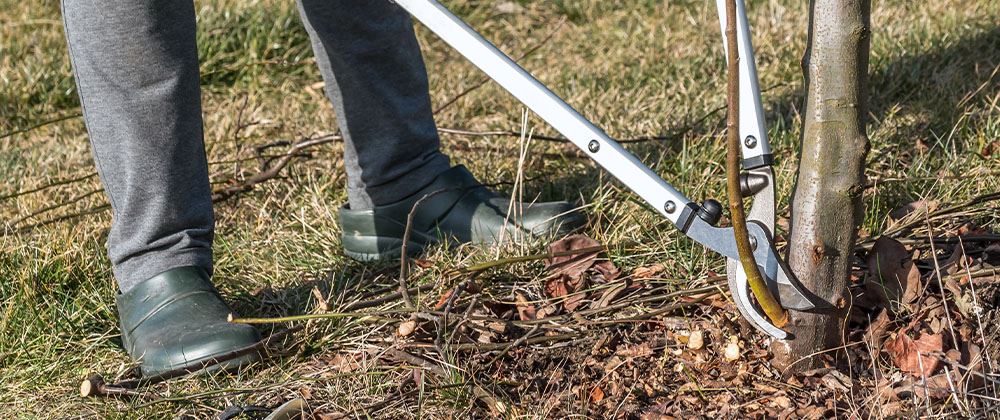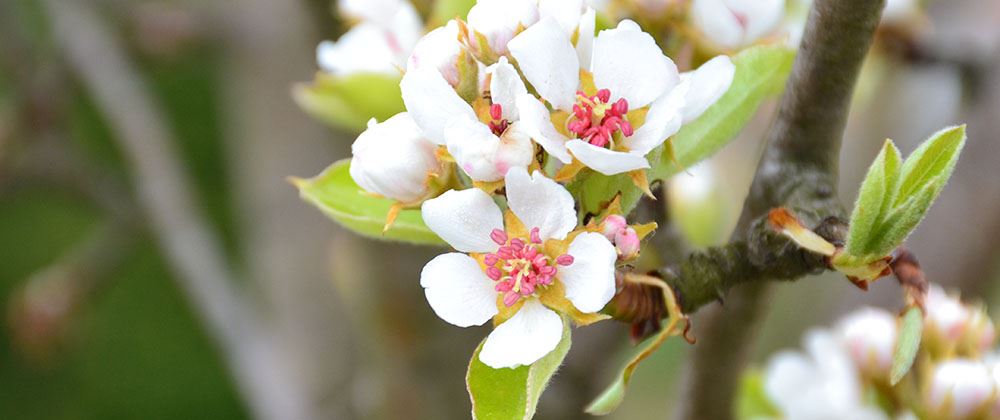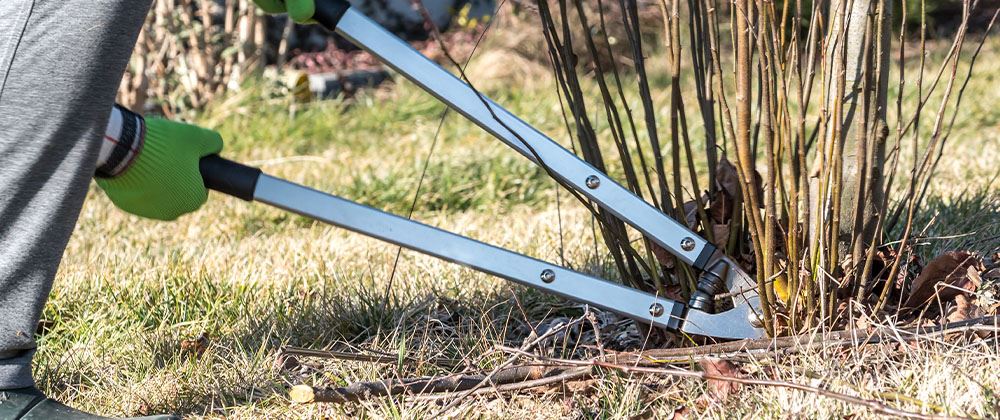It’s no secret that lilac and crabapple trees are Edmonton favourites! Lilacs are known for their gorgeous purple blooms and intoxicating fragrance and are fantastic shrubs to border property and provide some privacy. Crabapple blossoms are iconic in the spring and early summer, adorning our parks and landscapes with beautiful pink and burgundy flowers. These trees are all about aesthetics, so of course, we want to keep them looking their best!
Unfortunately, these trees can be susceptible to tree suckers, which emerge in warm weather when the trees start to blossom. However, just because these trees are prone to suckers doesn’t mean you can’t get rid of them and keep your trees looking great! Keep reading for more on how to remove suckers from your gorgeous flowering trees.

What Are Tree Suckers?
Tree suckers are branches at the bottom of the tree trunk and maybe a branch from grafting in the tree trunk, or your tree is stressed and is trying to grow more branches. If your lilac or crabapple tree is sprouting shrub-looking plants like miniature trees at its base, it needs some attention! It’s best to catch this when they first start to grow so that you can get your tree looking good as soon as possible. It’s important to note that pruning while the plant is actively growing and establishing its root system may stress it out.

How to Pull Up Tree Suckers on Your Crabapple or Lilac Tree
Tree suckers may seem frustrating because they will grow back once you cut them off. Pruning is an effective short-term solution to maintain the tree’s appearance; however, both lilac and crabapples are prone to suckers, so getting to the root is the best solution. Fortunately, there are multiple ways to get rid of your tree suckers.
You can start removing tree suckers by tearing them away from the tree’s base. If they’re small enough, the simplest way to pull the suckers is to get some leather gloves and start pulling. You may also want to use a hatchet to wrap around the stems and give you some leverage.
If your tree suckers are a little more stubborn, you may find it easier to dig down around them to expose the base of the suckers. You’ll have better access this way, and it may help you determine whether you can pull the suckers out or if you need to grab the pruning shears to cut it at the base.
Use Sucker Stopper or Herbicide to Prevent Future Growth
If you want to prevent suckers from returning in the future, consider picking up some sucker-stopper; this will prevent suckers from sprouting and help your tree focus on putting its energy into healthy growth and beautiful flowers. Simply spray the stopper solution at the base of the sucker after pruning the stems away. Afterward, you won’t have to fret about removing these suckers as frequently as before, and it will shorten your gardening maintenance list for the summer.

To remove crabapple suckers, use a herbicide that contains glyphosate. Follow the directions on the product to avoid damaging the rest of the tree. If you use this method, you can spray the leaves of the suckers when they are new and haven’t become woody branch-like yet—no initial pruning is required. Removing these suckers with this chemical solution will stop the growth of new sprouts without damaging the rest of the tree.
If you need help with managing tree suckers in your area, feel free to contact us at Salisbury Landscaping or visit one of our greenhouses in St. Albert or Sherwood Park. We’re happy to help you ensure that your landscape is looking its best for the summer!

